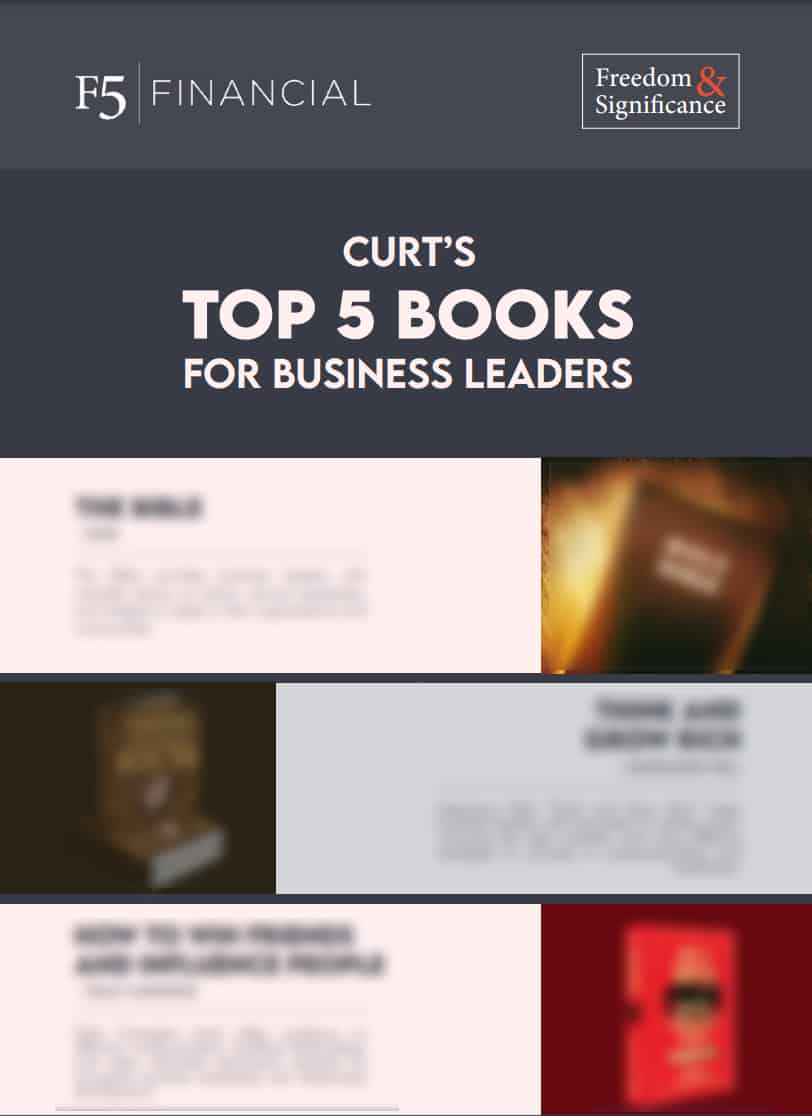Book Summary – Essentialism

Essentialism – The Disciplined Pursuit of Less
By
Greg McKeown
It’s a rare person these days that does not feel overwhelmed with the number of things going on in their life. Greg McKeown has experienced this affliction first hand and makes it the topic of Essentialism. His premise is quite simple:
- We need to focus on those few things that have the most impact on our lives
While a simple concept – and one almost everyone would agree with – it is easier said than done. However, as he points out either you will prioritize your life or someone else will.
McKeown breaks the book down in to four sections
- Essence – In the first part of the book he addresses the change in mindset that is necessary if you wish to become an “essentialist”. The key idea here is that we need to commit to those things that are important to us and put everything else aside. He includes four chapters in this section of the book:
- Choose – Recognizing that you control the choice to be overwhelmed or to focus on what is important.
- Discern – Recognizing what is and is not important (noise).
- Trade-Off – Recognizing that you are not capable of doing everything well. Pick your “thing” and do it
- Explore – In the second part of the book he challenges the reader to step back, consider ALL of the options available to them, and choose those that are most important to the reader. An important point is that the essentialist actually considers MORE alternatives than others. However, he/she then consciously chooses the most important focus areas. He includes five chapters in this section of the book:
- Escape – Recognizing the importance of putting time aside to reflect and learn.
- Look – Taking the time to actually consider the value associated with alternatives.
- Play – Recognizing that taking time away from work is critical and MUST be done.
- Sleep – Recognizing that without appropriate rest we are not prepared to do our best work.
- Select – Applying the rule that if it’s not a “HELL YES!” than it is a no
- Eliminate – In the third part of the book he asks the reader to turn their attention to getting rid of the non-essential. This step in the process is where the real challenge begins. The first two parts of the book are easy to agree with; however, in part three, the reader is asked to take action and transform their life. Part three’s overarching theme is “you need to say no”. Many folks stumble with this as they hate to disappoint. However, failing to say no (eliminate) is one of the biggest enemies of accomplishing your purpose. He includes five chapters in this section of the book:
- Clarify – Probably the most challenging step in the entire book. Here he challenges the reader to clearly identify their purpose/intent. He points out that once we have clarity on this one topic, it serves as a litmus test on almost all of our decisions.
- Dare – He introduces the reader to the concept of the “graceful no”. Between “graceful” and “no”, the “no” is where the emphasis needs to lie. If it’s not aligned with your purpose or intent, it’s a no.
- Uncommit – Here the reader is asked to stop doing things. The key question to ask is “If I were not already doing this, would I start doing it?” This concept is incredibly powerful AND extremely difficult for many to apply.
- Edit – The focus of this chapter is eliminating the distractions in your life. Again, if it is not aligned with your purpose or intent it needs to go.
- Limit – By introducing limits you are able to focus more clearly. Conversely, if you have no limits your efforts will not be focused and you will not achieve the results you desire.
- Execute – In the final part of the book, McKeown challenges the reader to get off the couch and get in to the game. There’s a great quote from Nick Murray that states “You can learn from doing. You can’t do from learning” that is appropriate in this case. The first three parts had you figuring out what to do. Part four gets down to the act of doing it. He includes six chapters in this section of the book:
- Buffer – Recognizing that things will never go as planned is only smart. Accordingly, you need to build in a “buffer” to your plans.
- Subtract – Recognize that there are things that are getting in your way / holding you back (e.g. the TV, the video game, etc.). Get rid of them ASAP.
- Progress – Recognizing that “big wins” RARELY happen. Instead, you make progress through simple, small, steady steps. You make progress by “doing the work” each day. Do the work and quit procrastinating.
- Flow – Recognizing the power of routine. Whether our habits are good or bad, they are OUR HABITS and they possess incredible power. An essentialist has processes that are aligned with his/her purpose that he/she does every day (i.e. progress).
- Focus – Understanding that the key to success is focusing on being “present and aware”. There is no reason to focus on the past or the future. The essentialist focuses on the moment and getting the next thing done.
- Be – McKeown closes by challenging the reader to think about essentialism as something you ARE versus something you DO. The difference in these two perspectives is massive.
I have spoken with multiple people that read McKeown’s book. To a person, they feel that he has captured the challenge that they are facing. Almost all of them have taken his ideas and put them in to practice to some degree. However, few have been up to take on his challenge in its entirety. That tells me that he definitely is on to something as anything in life that is worthwhile is rarely easy!
If you would like to download a PDF copy of this book summary you can do so by clicking here
At F5 Financial Planning we focus on helping individuals and families find balance between faith, friends and family, fitness and finance. We make sure that they have the financial freedom to enjoy those things in life that are important to them. And while we believe the left-brain facts and data are critical; we work with our clients to get them in the right state of mind to focus on the goals they want to achieve.
Some other posts that you might like:


